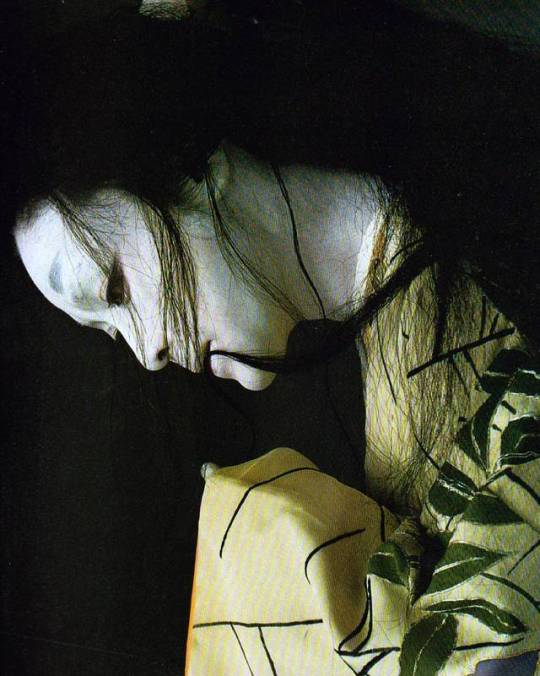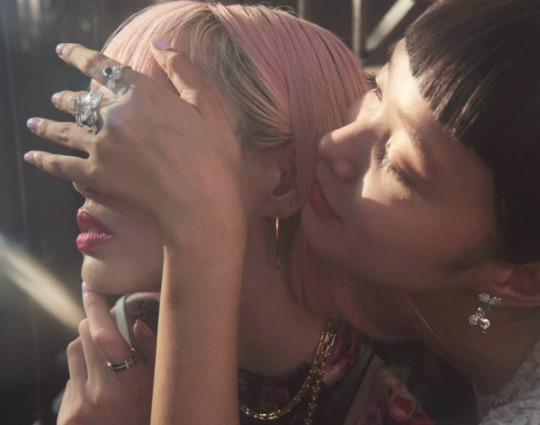Vintage & antique kimonos from Japan.
Last active 4 hours ago
Don't wanna be here? Send us removal request.
Photo

Source here, with more pictures, detail shots and alternative hairpieces.
442 notes
·
View notes
Photo

Kyoto, Japan | kyoto flowertourism | 55maiko.net
744 notes
·
View notes
Text

Artist: Ogata Gekko
Title: Princess Sotoori (Sotoori-hime), from the series Sketches by Gekkô (Gekkô zuihitsu)
Date: 1892
622 notes
·
View notes
Photo

Katsuyama of the Matsubaya. Ukiyo-e woodblock print, about 1830’s, Japan, by artist Keisai Eisen.
362 notes
·
View notes
Photo

Green Wheat, Biei, Hokkaido, Japan
Green Wheat by Kent Shiraishi on Fivehundredpx.
410 notes
·
View notes
Photo

Vase and Cover Japan. Meiji period. 3 ½’’ - 9cm A diminutive and very fine cloisonne vase and cover. Decorated to cover and shoulders with simulated folded silk above a stylised chrysanthemum design. Standing on three integral bullet feet. Thought to be by Takahara Komakichi of Kyoto. Brandt Asian Art
440 notes
·
View notes
Photo

Burning leaves at Mitaki Temple (2) (by Len_S_62808189)
8K notes
·
View notes
Photo

Katabira (Summer Kimono) with Imperial Cormorant Fishing Scene in Dyeing and Embroidery on Light Blue Ramie Ground. 18th century, Japan. Kyoto National Museum
381 notes
·
View notes
Photo

kakemono 掛物 - “bijinga 美人画”
Hishikawa Sōri 菱川宗理
période Edo Jidai 江戸時代 (1603 – 1867)
143 notes
·
View notes
Photo

Thunder God Color on gold-leafed paper Important Cultural Property By Ogata Kōrin (1658-1716) Tokyo National Museum
312 notes
·
View notes
Photo

Ivory Toggle (“Netsuke”) Shaped Like a “Qilin” (Beast) Edo period, 19th century Tokyo National Museum
388 notes
·
View notes
Photo

Costume designed by Eiko Ishioka (1938~2012)
17K notes
·
View notes
Photo
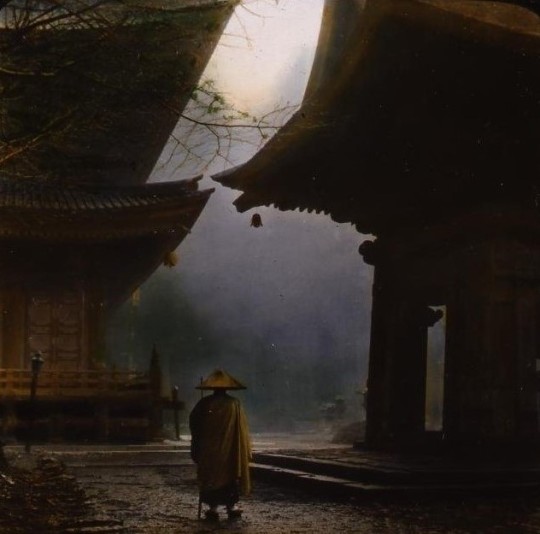
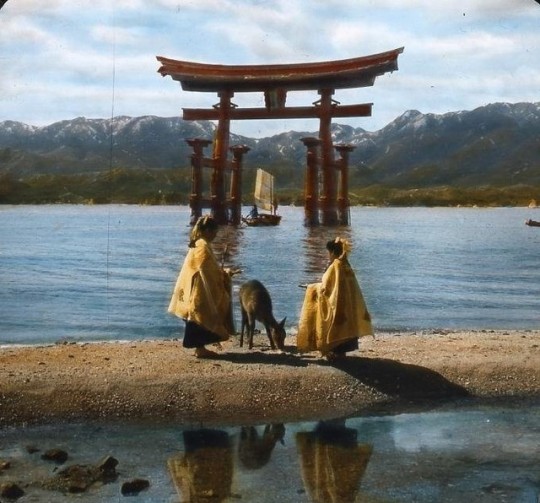
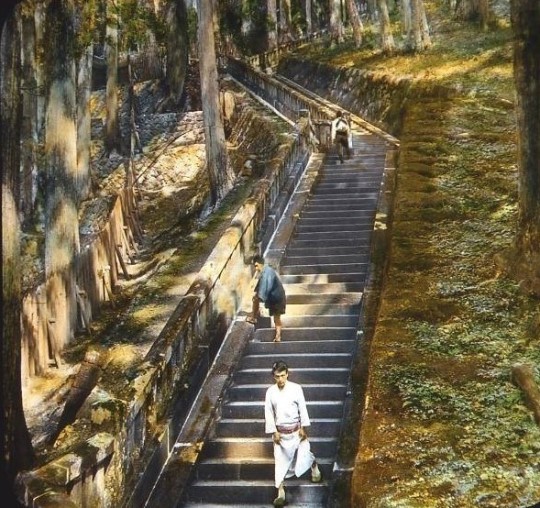

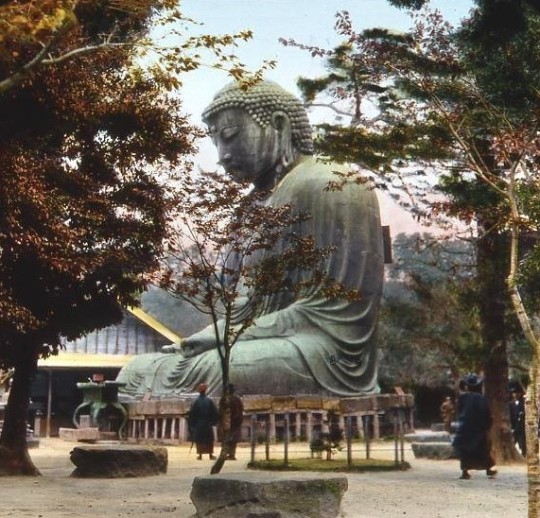
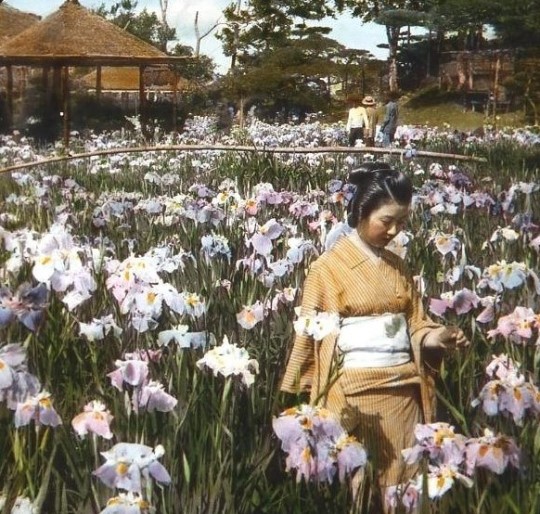



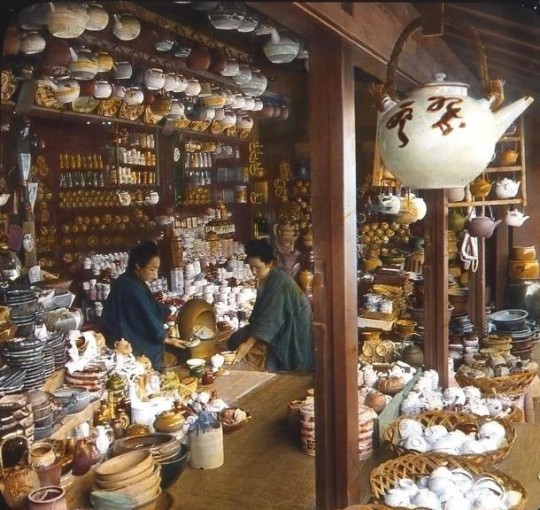
Hand-colored photos of early 20th century Japan taken by Branson Decou
9K notes
·
View notes

